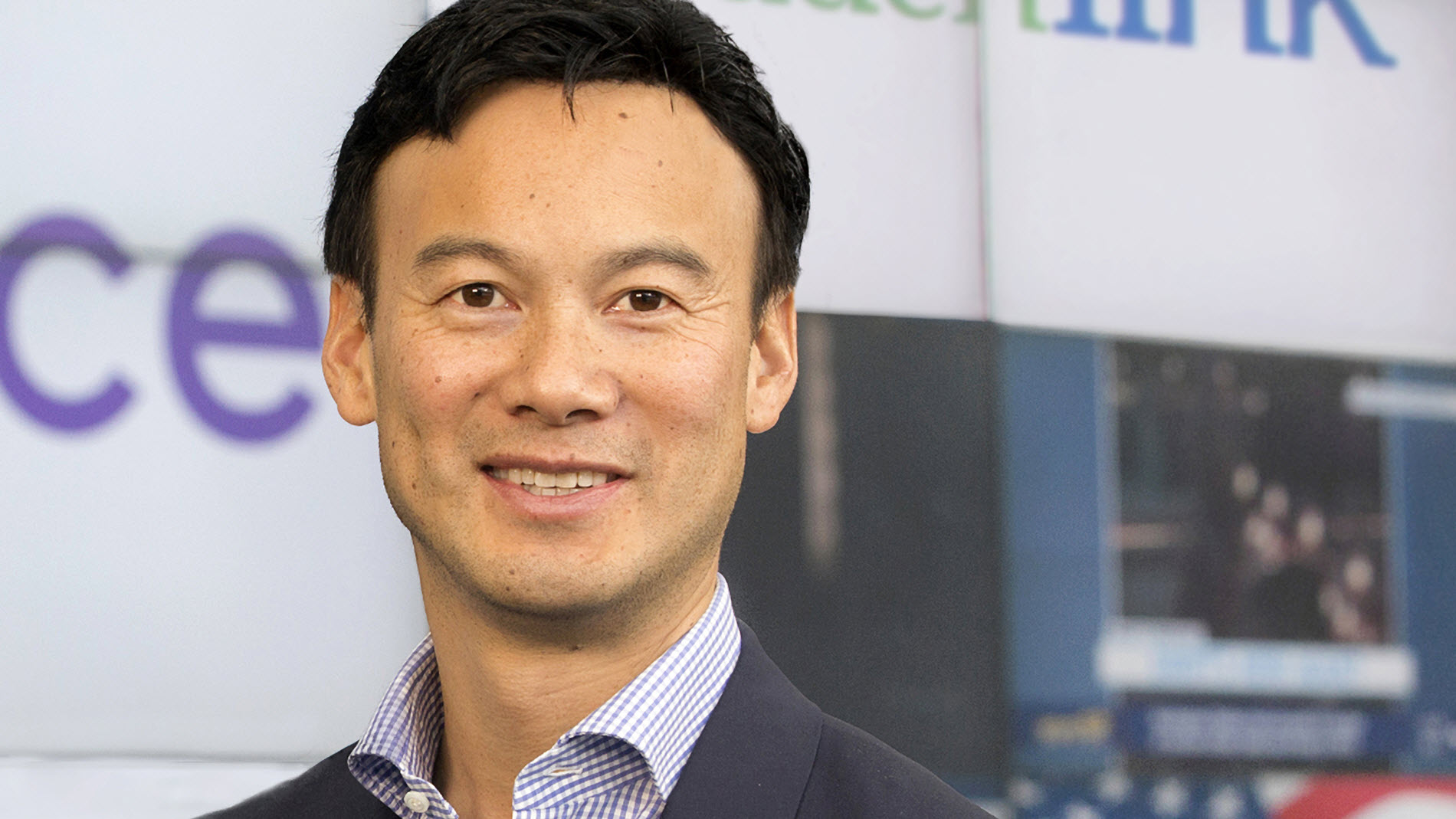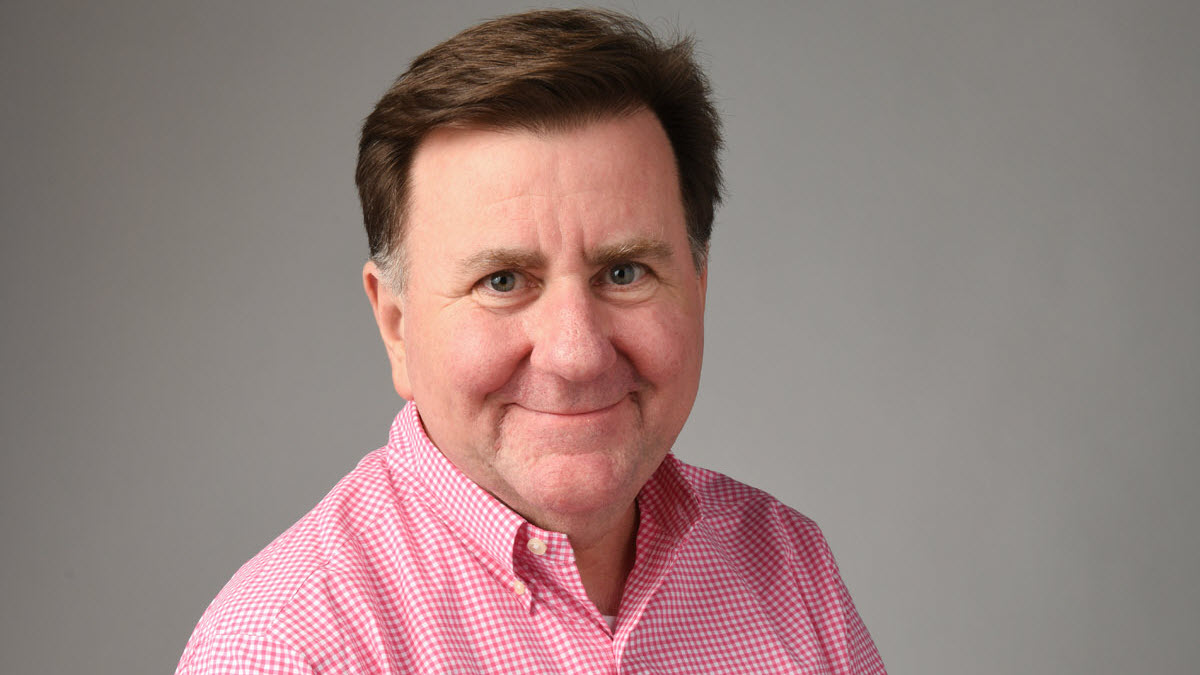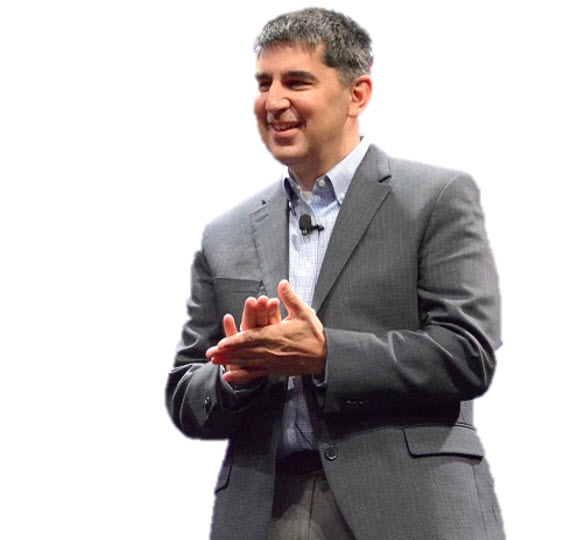Helping Subscribers Help Themselves

After decades of trying to boost its status among its competitors in the pay TV service industry, cable companies believe they have finally found the answer to better customer care: take the cable out of cable TV. It’s not as easy as it sounds.
But after years of laying the groundwork by building fiber networks that anticipated service outages before they happened, promoting technology and equipment that made accessing TV content and the internet easier and faster and shortening appointment windows to one or two hours instead of a full day, cable is moving toward a time when customers will be able to buy, provision, troubleshoot and repair service almost entirely by themselves.
Related: Cable’s Retail Efforts Take Center Stage
That is the path the banking industry — once at the bottom of customer satisfaction rankings and now near the top — has taken over the years, starting with ATMs and evolving into allowing customers to pay bills, transfer money and apply for new credit online.
To an extent, it’s already happening in the cable business. Customers can now provision some services online, and with technology like Comcast’s X1 operating system, Charter’s upcoming Worldbox and Altice USA’s Altice One hub, the era of plug-and-play cable service and provisioning is coming quickly. For some, it couldn’t come soon enough.
A Do-It-Yourself Era
“Ultimately, the idea is for us to go full self-install,” Altice USA chairman and CEO Dexter Goei said at the J.P. Morgan Global Technology, Media & Communications conference earlier this month. “You should be able to connect your headless gateway at your drop, push a button … [plug] in your mini-box into your TV and into the wall for power, and should be able to self-provision everything.
Multichannel Newsletter
The smarter way to stay on top of the multichannel video marketplace. Sign up below.
“Every incidence going forward should be able to be dealt with remotely,” he said. “Unless there is a fault in the box itself, where we have to replace the box, nothing should require a customer technician coming into your home anymore.”
Altice USA is in the middle of a company-wide fiber buildout, dubbed Generation Gigaspeed, that will bring fiber to the home to all of the company’s 4.6 million customers in the next five years.
Cable has made some monumental strides in the past several years. Appointment windows are now from one to two hours in length, shaved down from windows of eight to 12 hours. Customers can now use their cellphones to track technicians and upgrade internet service speeds or add additional channels via the cable box. Yet cable continues to rate near the bottom of customer care lists compiled by independent researchers.
According to The Temkin Group, an independent customer care consultant in Waban, Mass., cable has consistently placed near the bottom of the company’s independent surveys. In its latest — the March 2018 Temkin Experience Report — cable again brought up the rear, running neck and neck with used car dealers, no-frills airlines and health-care insurers in almost every major category.
Best Efforts:In the March 2018 Temkin Experience Report, cable placed at the bottom of the list when customers were asked how easy it was to interact with the company. (Source: The Temkin Group)
Cable operators have taken customer care seriously for decades. To share ideas and concepts, the industry has formed the Cable Center Customer Care Committee (C5), a consortium of executives from the largest operators in North America and Europe that is focused on expanding industry knowledge and facilitating new approaches to customer care. Dr. Charles Patti, a University of Denver and Queensland University of Technology professor emeritus and the James M. Cox professor of customer experience management and senior fellow at The Cable Center, leads the C5 efforts.
In the past, Patti told Multichannel News, cable’s customer care efforts were centered on Net Promoter Scores (NPS), which are determined when customers get asked how much they would recommend a service on a scale of one to 10. While NPS still plays an important role, other metrics and terms are beginning to creep their way into cable’s customer care vocabulary. In the future, terms such as “Trust,” “Effort,” “Likability” and “Forgiveness” will become mainstays in the cable dictionary.
All About the Journey
Patti said the focus now in the cable industry is on the “customer journey,” or how a subscriber to cable services gets to where they currently are in the relationship. Making sure their travels are enjoyable should be a top priority for every cable company.
Patti said other industries have used more emotional terms to measure their customer care success, including banks, retailers, supermarkets and fast food companies.
“You’re trying to find the relationships between the measures that you use,” he said. “The downside of Net Promoter Score — it’s essentially one question: How likely is it that you would recommend Comcast, Cox, whatever, on a scale of 1-10? But it doesn’t tell you why, just how likely are you to recommend. There may be 50 different things going through your mind, as a responder, as to why you’re saying that.”
Those can be addressed in additional questions. NPS has a transaction score, which could ask for customers to base their recommendation on an installer visit. If that score is low, then the company knows it may have to offer additional training to that installer.
That inquiry, too, can lead a customer down a rabbit hole. Maybe the installer was late for the appointment, but he or she fixed the problem quickly.
Sweet Smell of Success:Asked to what degree customers were able to accomplish what they set out to do with a company, cable firms again did poorly. (Source: The Temkin Group)
“That’s why companies will look at multiple measures, because if you improve effort, then you’re natural inclination should be, what is the relationship between that and my Net Promoter Score?” Patti said. “Is it increasing? If it’s not, then I have something else I have to explore.”
At Medallia, a customer-care software vendor that counts Comcast among its clients, senior customer care principal Brian Andrews said 60% to 70% of his company’s customers still use NPS as the primary metric, and for many it is a fine way to determine how a company stacks up against the competition.

“You have a group of customers that love them, a group of customers that hate them, and a group of customers that are in between,” Andrews said. “It’s a fairly easy concept to understand. You want to reduce the number that hate you.”
Companies find out quickly that customer care isn’t quite that cut and dried.
“If you are a customer and you’re dealing with cable company A, and you have an issue and call in, your likelihood to recommend is probably not going to be based on that one agent and that one call,” Andrews said. “It tends to be over time.”
Better NPS scores can come from reducing the effort a customer must exert to get their issue resolved, not having them answer the same questions repeatedly and making the overall experience as enjoyable as possible.
“You generally want less friction,” Andrews said.
Emotional Rescue:Asked to think about how they felt with their interactions with the company over the last 60 days, cable companies trailed the pack. (Source: The Temkin Group)
Patti said cable can learn from other industries and from competitors. Companies like Uber, Amazon Prime and Netflix made their mark initially through ease of use and lower prices. Cable companies are starting to take the hint. Comcast even bundles Netflix with its broadband service, something that would have been unheard of just a few years ago.
“It’s really what is the customer’s experience from end-to-end, how do we modify processes to simplify the customer experience, minimize any challenge points for the customers and create an experience that makes it easy for them,” Cox Communications, senior vice president of customer care Peter Lilly said. “The journey work is a big part of what we’re doing and it’s informing all of the other initiatives that we’re spinning up after the fact.”
One of those initiatives is alternate channel support, where Cox is using social media to help customer better interact with the company. While Twitter and Facebook are what most people think of when they think of social media, Lilly said Cox is giving customers the option to online chat or text with an agent rather than calling on the phone and waiting on hold.
Case management, or how the company gets to know each customer’s habits, is also important, he said. If a customer starts out on an online web or chat channel and then calls a support center on the phone, Cox will be able to transfer the information so it doesn’t have to repeatedly ask that customer the same questions.
Tracking Customer Questions

“In today’s world, it’s not uncommon that we would have to ask the same question a couple of times,” Lilly said. “In the future we hope we can eliminate or minimize the need for that. As you expand case management out further it points to the future, which is allowing customers to self-help.”
For Cox, the decision to license Comcast’s X1 operating system — to power Cox’s Contour platform — was also a big step toward improving the overall experience, with voice activated remotes and a better user interface that integrates services like Netflix and YouTube. Net Promoter Scores have risen 200% since Cox introduced Contour, MSO spokesman Todd Smith said.
“I think that has certainly changed the experience for the customer,” Lilly said. “It certainly has changed the way we support customers, because we’re getting questions and issues that we never had before, but in many ways they are easier to resolve than in the old days, and it’s more of an educational solution than a technical problem.”
Gateway devices like the Panoramic WiFi, which enables wireless home connectivity and will allow the company to launch wireless boxes and expand the level of services it provides on the road to self-help.
“Whether it’s web or mobile web, applications need to be really tight,” Lilly said. “As you expand your services, customers don’t want to call you for everything. They want to be able to resolve their issues themselves and be able to learn and use the products, because they’re simple and easy.”
